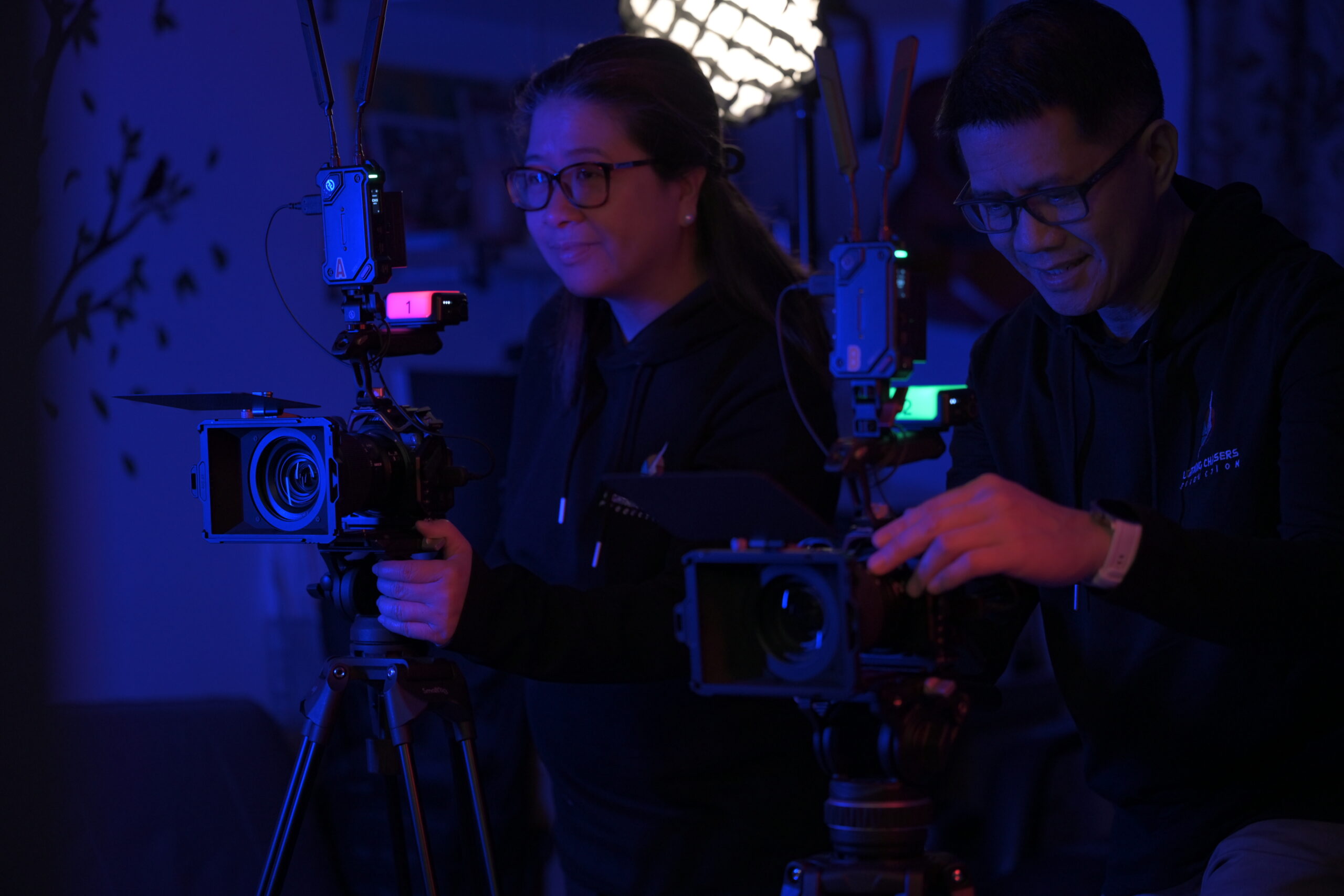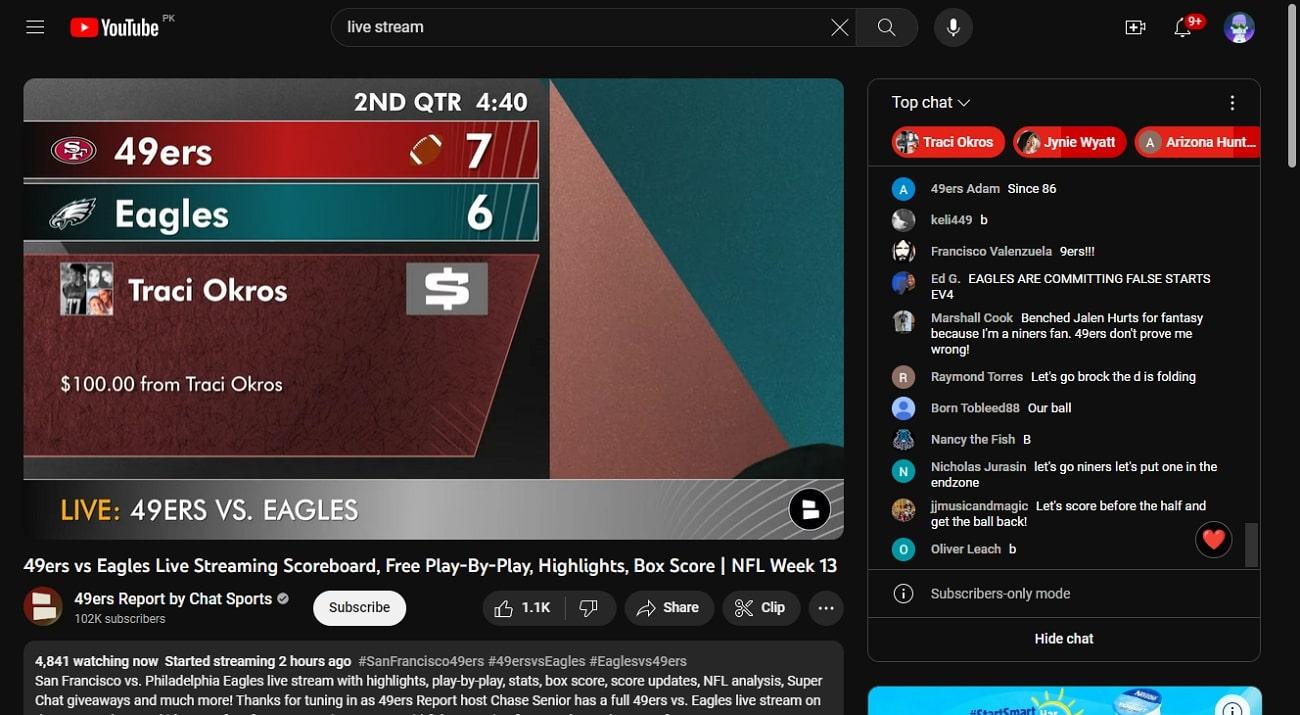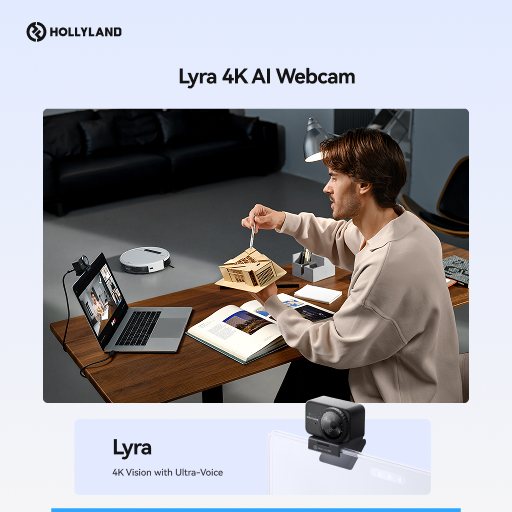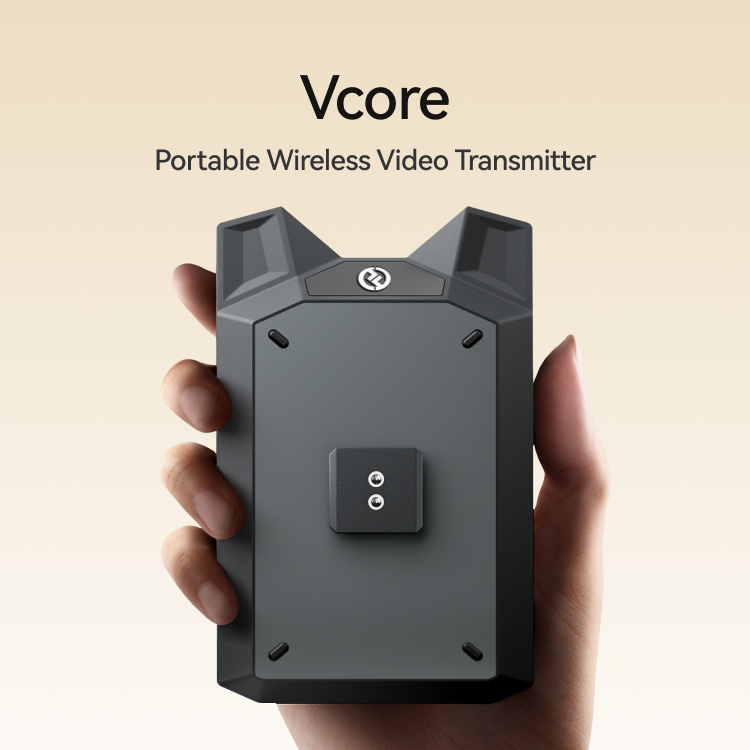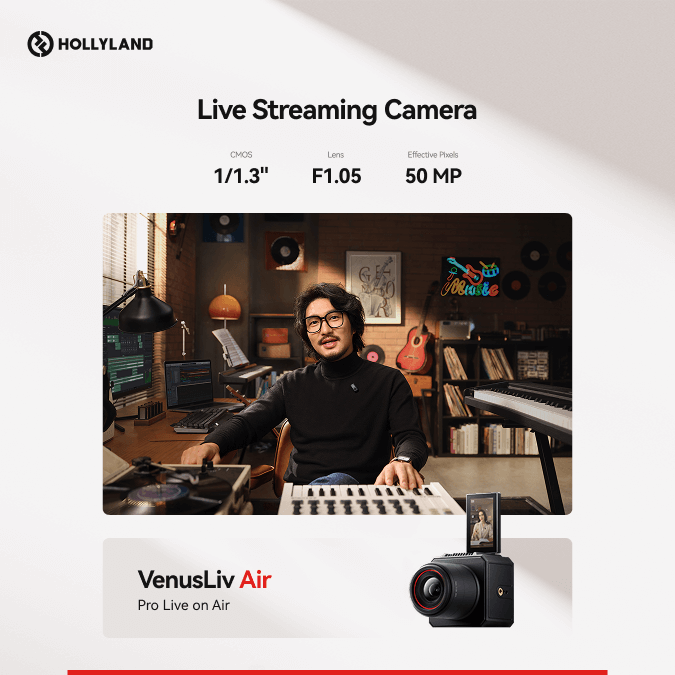Live streaming has become one of the most popular ways to share content in real time. In fact, many businesses earn through live streaming.
That’s why using a reliable streaming camera like Hollyland VenusLiv Air with 24/7 live streaming and sharp 4K visuals capabilities can make a huge difference in how live streaming benefits your business.
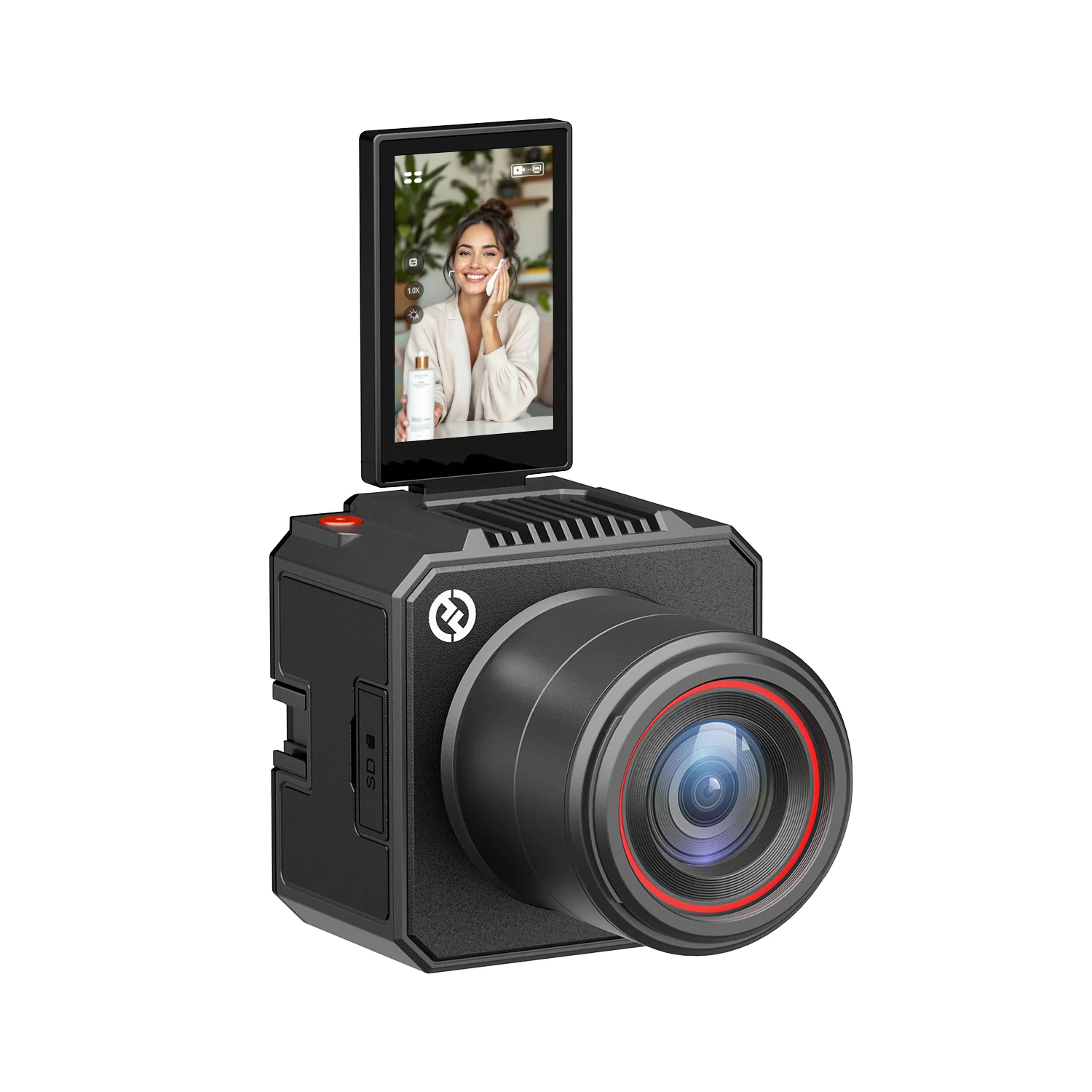

Hollyland VenusLiv Air - Compact 4K Streaming Camera
A compact, all-in-one 4K live streaming camera with a large sensor and fast lens, featuring AI-powered tools.
Key Features: 4K30 | 1/1.3″ CMOS | AI Tuning | 24/7 Streaming
In this guide, you’ll learn about live streaming and its working mechanism – from content capture to display. By the end, you’ll also learn about different types of live streaming as well as the most common live streaming platforms. Let’s get started!
What is Live Streaming?
When you stream or broadcast content over the internet in real-time, that is live streaming. Unlike videos stored on your device or pre-recorded, in live streaming, the content is captured, converted, and played instantly. This means viewers watch events as they happen in real time.
For instance, when you watch the FIFA World Cup online as it’s happening, that’s live streaming. Similarly, the live YouTube video is an example of live streaming. Even the Thanksgiving Day parade is live-streaming online.
How Does Live Streaming Work?

In the backend, a live stream typically passes through several processes before being displayed on the viewer’s screen. Here’s how the live streaming works:
- Content Capture
When you start live streaming on any live-streaming platform, the content is captured first. Typically, the content and audio are captured using a camera (or screen recorder) and a microphone.
- Encoding & Compression
Next, before the captured content is streamed over the internet, it is encoded and compressed. The streaming platform basically encodes the captured content and converts it to a digital format such as MP3, H.264, or MP4. Then the platform compresses the encoded content by reducing the file size.
- Segmentation & Uploading
The video or digital content mostly contains too much data. That’s why, to maintain a latency-free live stream, the streaming platform breaks large content into few-second segments/clips. Then, these segments are uploaded to a streaming server over the internet.
- CDN Distribution
After the captured content is encoded, compressed, and segmented, the streaming platform uses the Content Delivery Network (CDN) to deliver the uploaded segments. Then, the CDN distributes the segments across multiple servers worldwide.
- Decoding
After the CDN distributes the content from the uploader side, the streaming service on the viewer’s device (computer, phone, or TV) decodes the incoming stream. Means the compressed digital data is converted back into video and audio signals.
- Playback
Finally, the decoded video and audio are then played on the viewer’s device in real time for live viewing.
And that’s how the live streaming actually works.
Different Types of Live Streaming
Individuals and businesses do different types of live streaming, tailored to their needs, goals, and purposes. Some live stream to showcase their gaming skills, while others live stream to show their DIY skills, product launches, or brand events.
Here are the different types of live streaming:
Gaming Streams
Gamers live-stream their gameplay on platforms like Twitch to showcase their skills, interact with fans, and build communities in real time.
Social Media Broadcasts
Individuals, influencers, and several brands live stream content on social media platforms like Facebook Live and Instagram Live, instantly reaching followers. These broadcasts are widely used for entertainment, updates, and audience engagement.
Enterprise Streaming & Virtual Events
Businesses and educators mostly use YouTube Live, Zoom, and other webinar tools to host virtual events, conferences, and online classes. This type of streaming helps reach large, global audiences for professional purposes.
Top 5 Live Streaming Platforms
You’ll find several live streaming platforms online, offering different features. Here are the top 5 and widely trusted live streaming platforms:
1. YouTube Live

It is a versatile platform with a large global audience of all ages. With YouTube Live, you can live stream across various niches, including gaming, marketing, events, and webinars. Apart from that, by leveraging its monetization, subscribe-only mode, and Ads features, you can also generate revenue.
2. Facebook Live

Facebook Live is also a great option to live stream content in real-time with your friends, followers, and communities. With over 2.8 billion active users monthly, it allows easy sharing, real-time comments, and wide social engagement. It’s also an effective platform for reaching older demographics.
3. Twitch

When it comes to live-stream gameplay content, Twitch is the leading platform with over 120 million monthly active users, strong gaming features, a massive gamer community, and subscription options. Although Twitch is known for gaming content, you can also live stream on it across other niches like art, music, cooking, etc.
4. Instagram Live

It is one of the best, mobile-friendly options for live streaming content. Influencers, beginner content creators, and brands use it to connect instantly with audiences through Q&As, product launches, giveaways, games, or behind-the-scenes content. Compared to Twitch, Instagram Live is ideal for reaching the Millennials and Gen Z audience.
5. Brightcove

Brightcove is another professional-level live streaming platform, especially designed for enterprises and companies. It even offers different models, like subscription, pay-per-view, and ads, from which you can choose. Using Brightcove, you can live stream events, broadcasts, etc.
Conclusion
Live streaming is one of the great ways to share content and make real-time interaction possible across gaming, social media, business, and education. By understanding how it works, you can leverage its power and potential to benefit your business or professional growth.
FAQs
- How are live TV and live streaming different?
The only difference between live TV and live streaming is their transmission channel. Live TV lets viewers watch content in real time via cable or satellite. At the same time, live streaming content is only available online.
- What technology is used in live streaming?
Live streaming typically uses a mix of both hardware and software technology. At its core, it uses cameras, microphones, encoders, streaming servers, and CDNs. It also relies on protocols like RTMP (Real-Time Messaging Protocol) for uploading streams and HLS (HTTP Live Streaming) or DASH for delivering them to viewers.
- How does live streaming pay?
By doing live streaming, you can generate income in several ways. Several platforms like YouTube Live and Facebook Live show ads during streams. Also, when you live stream on Twitch or YouTube, fans join a membership for a monthly fee. This way, not only do you earn, but you can also get sponsorship deals.
- How do I stream live video?
You can stream live video with these simple steps:
First, acquire content-capturing gadgets like a mic and a camera. Second, choose any reliable live streaming platform. Then, conduct a quick live streaming test to verify if everything goes well. Lastly, start live streaming.
- What are the disadvantages of live streaming?
While streaming TV offers flexibility, it also has significant drawbacks. The biggest issue is that it requires a high-speed internet connection. Otherwise, viewers can face buffering or lag. Another disadvantage is that you can’t redo anything if any unfortunate thing happens while live-streaming in real-time. Lastly, technical glitches or compatibility issues often appear.
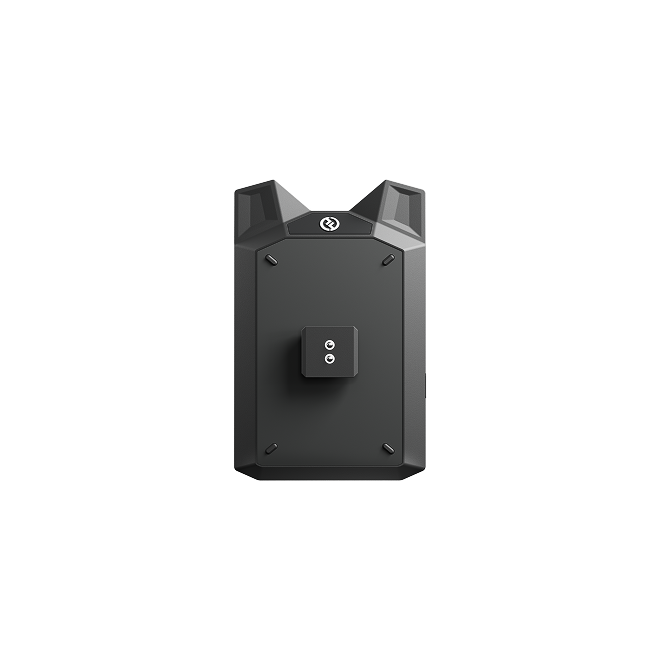

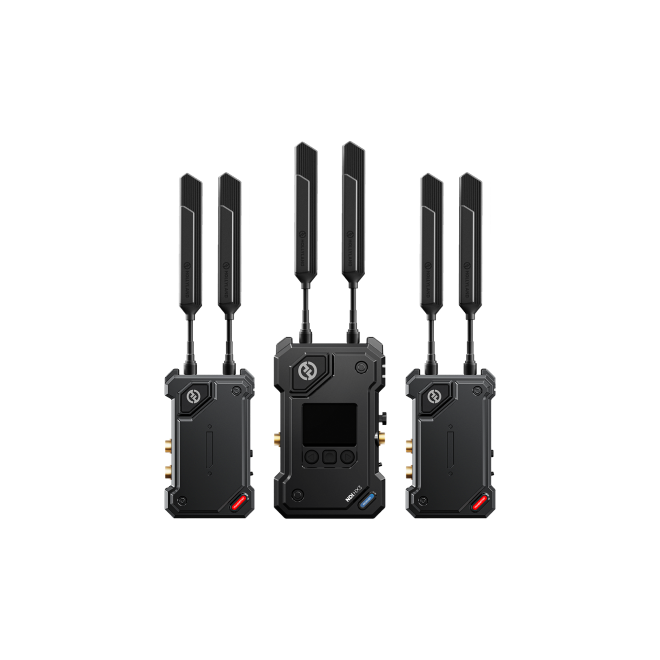
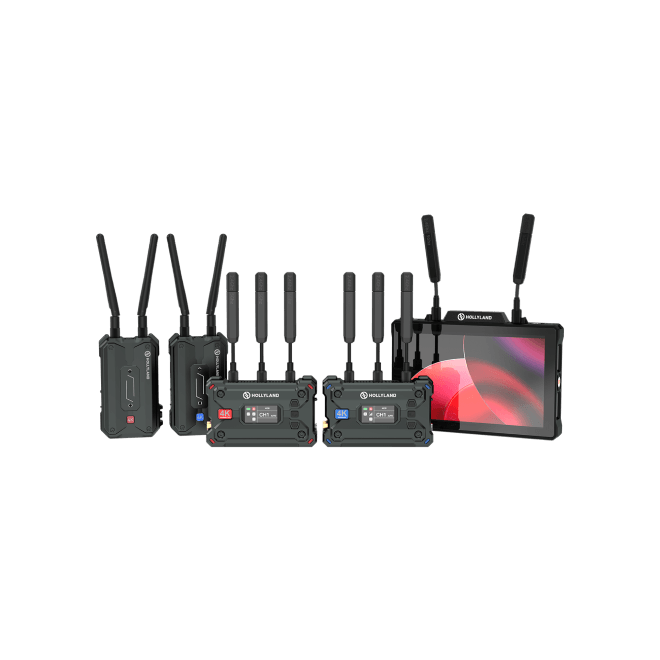
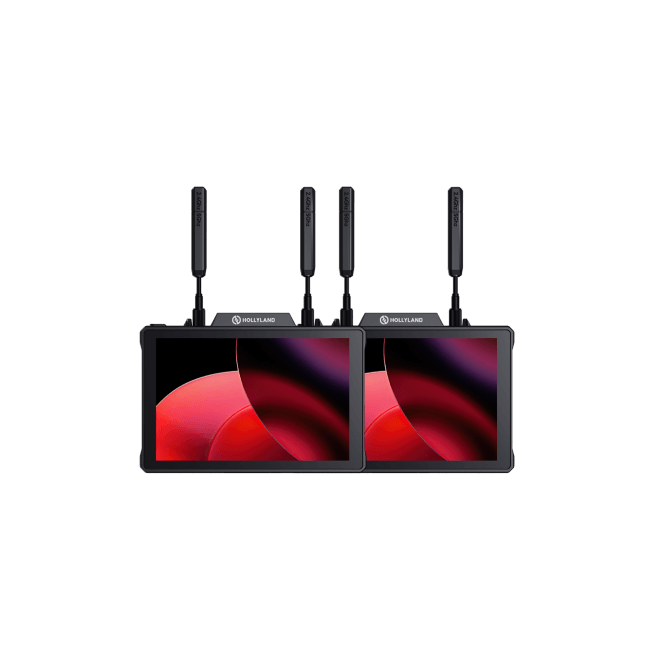
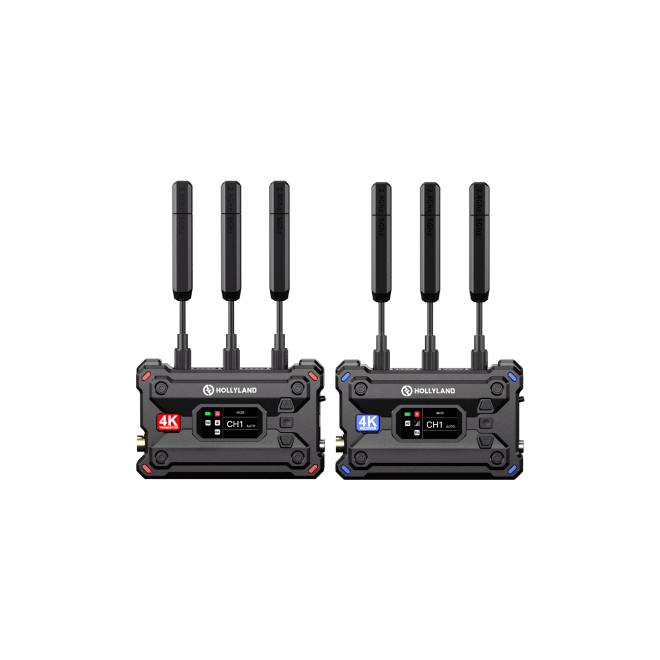
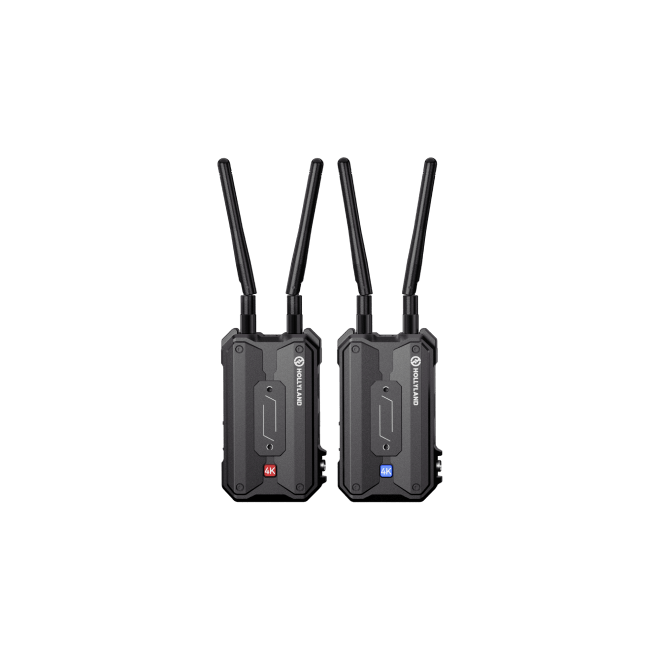
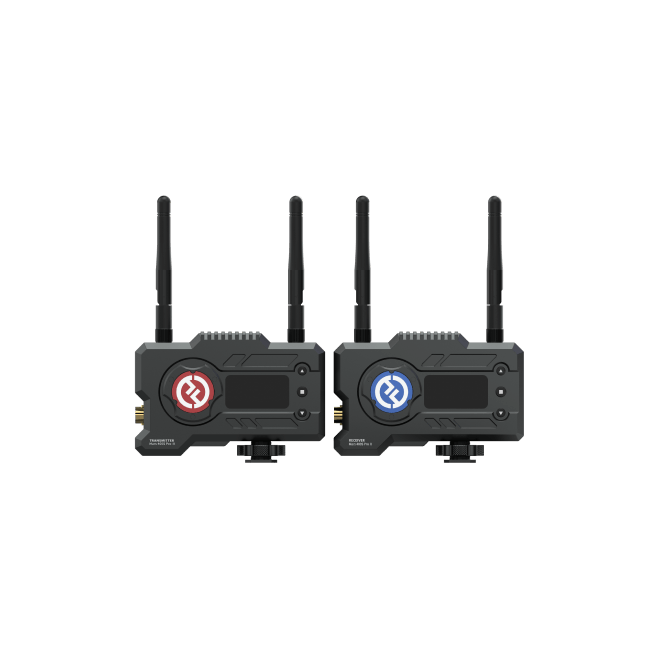


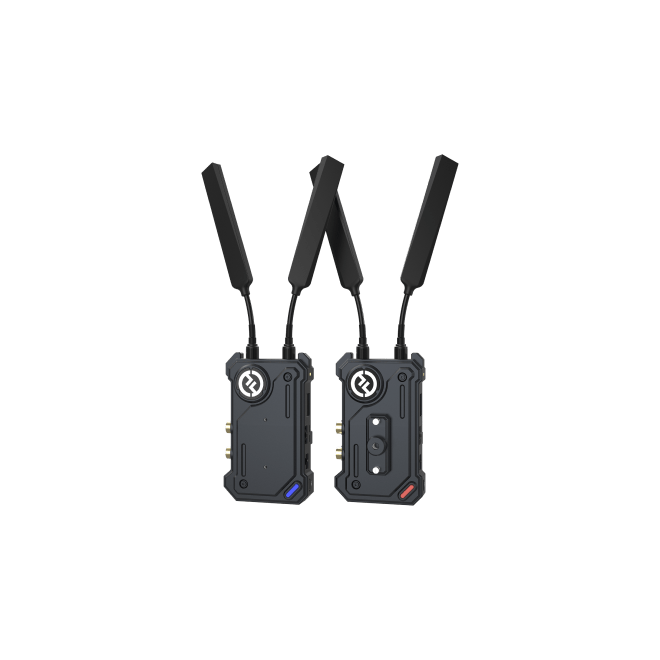
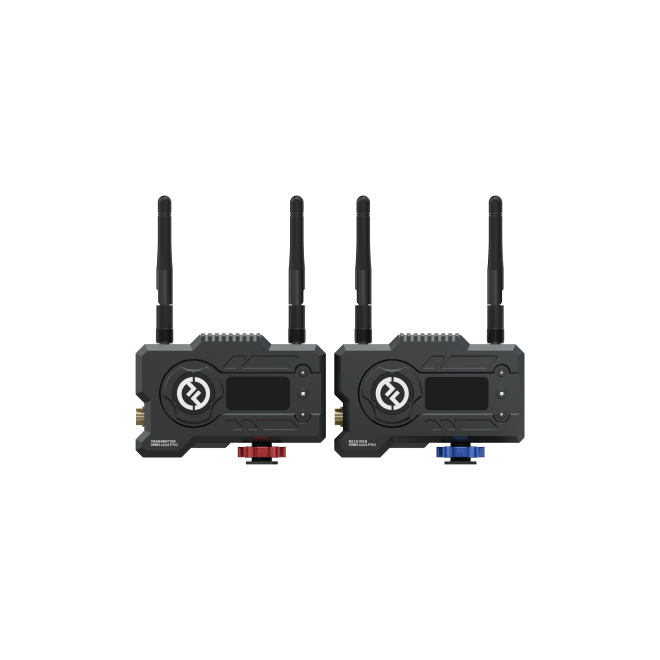
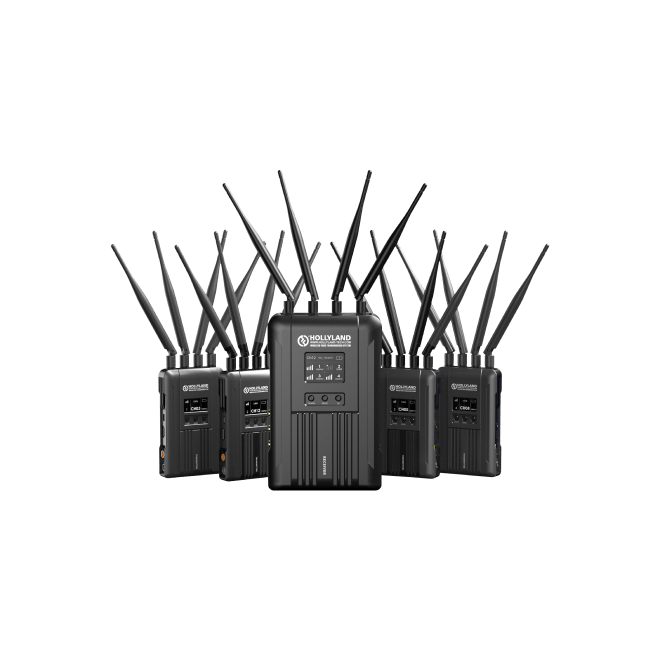
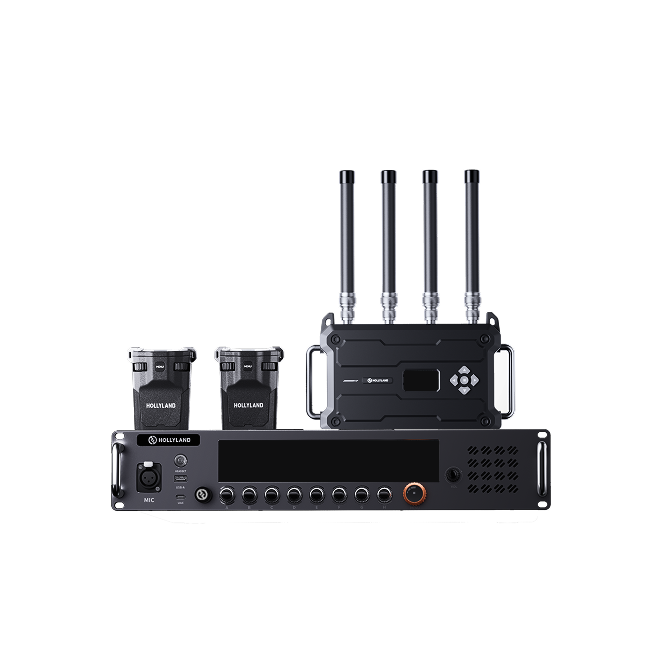

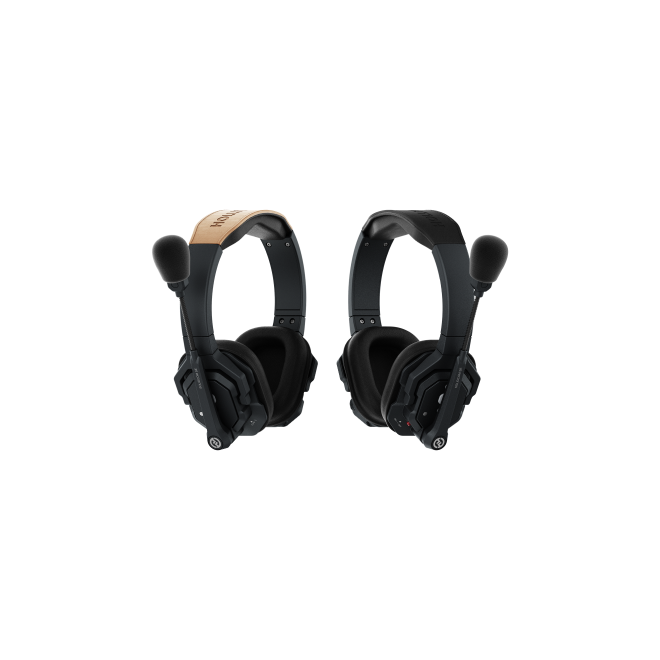

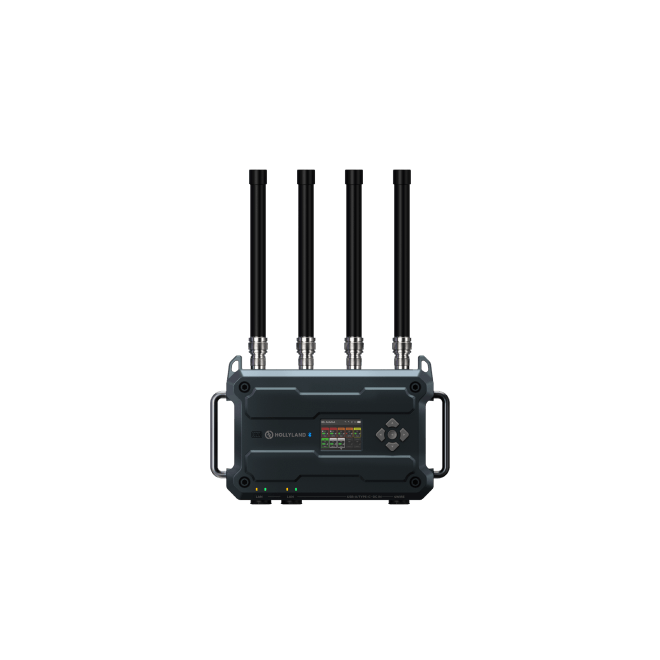
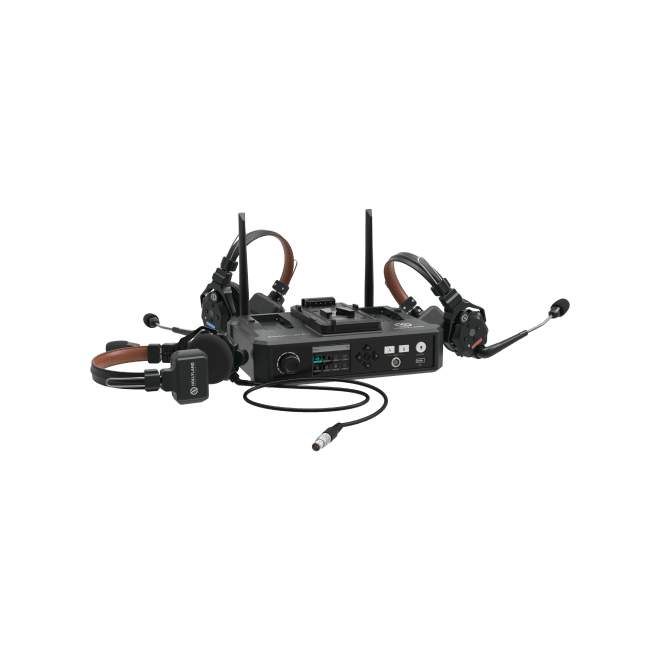
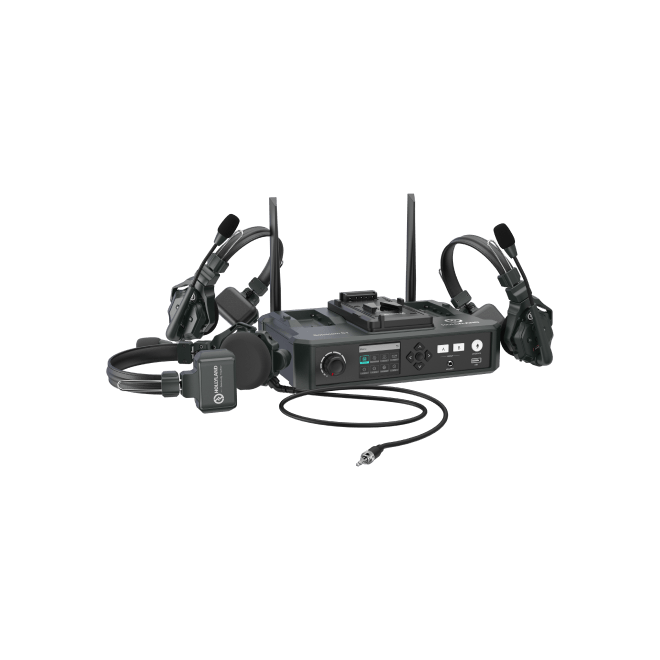
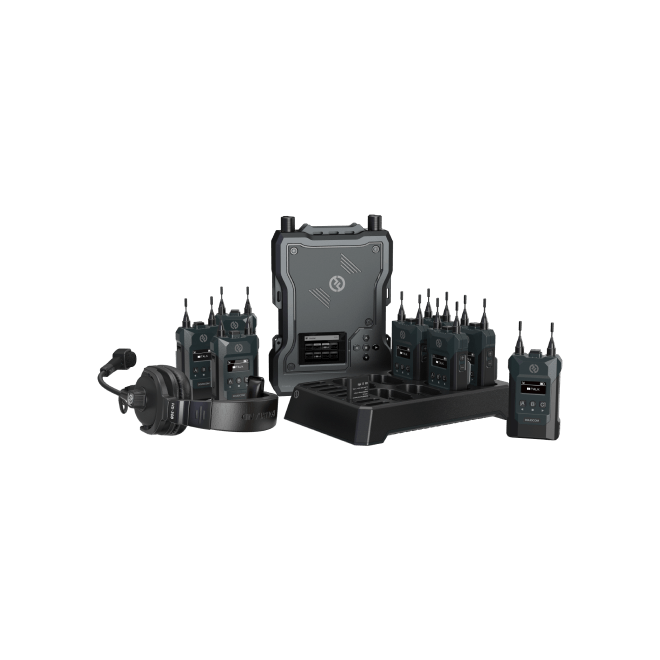
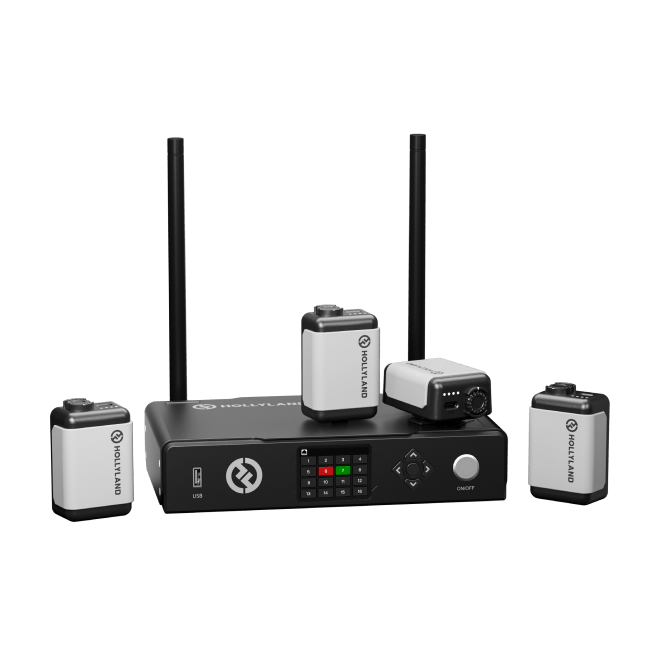

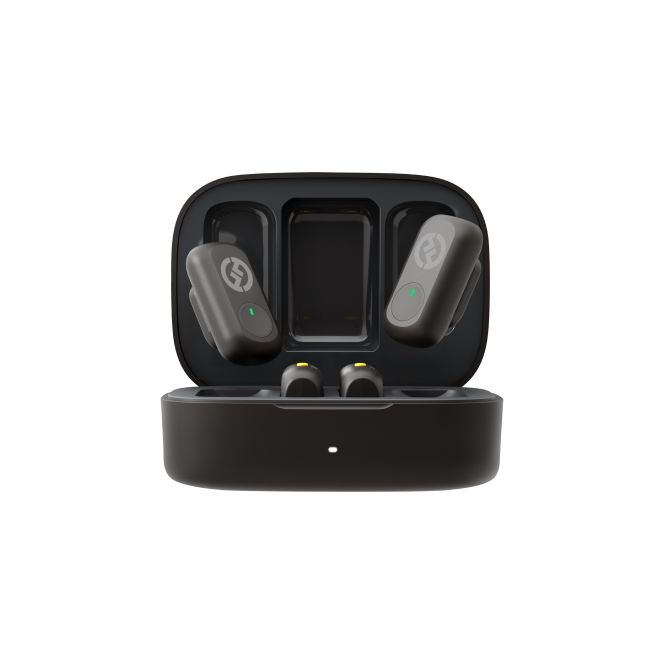


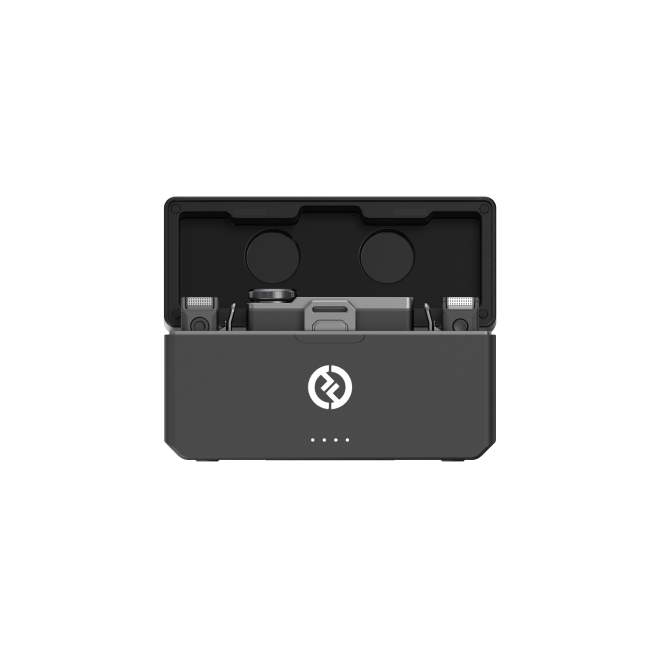
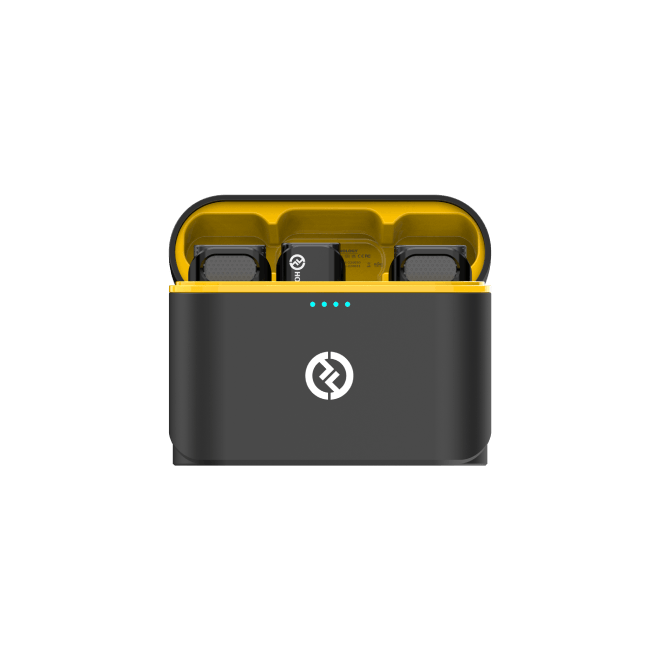
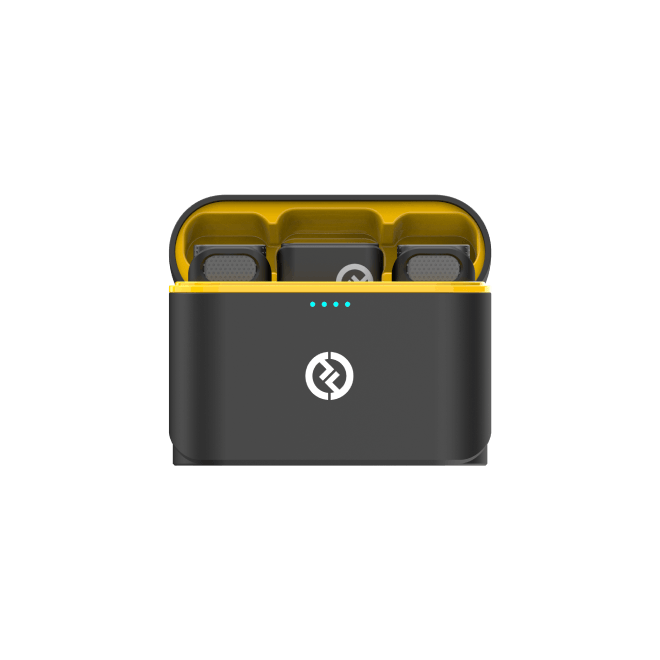
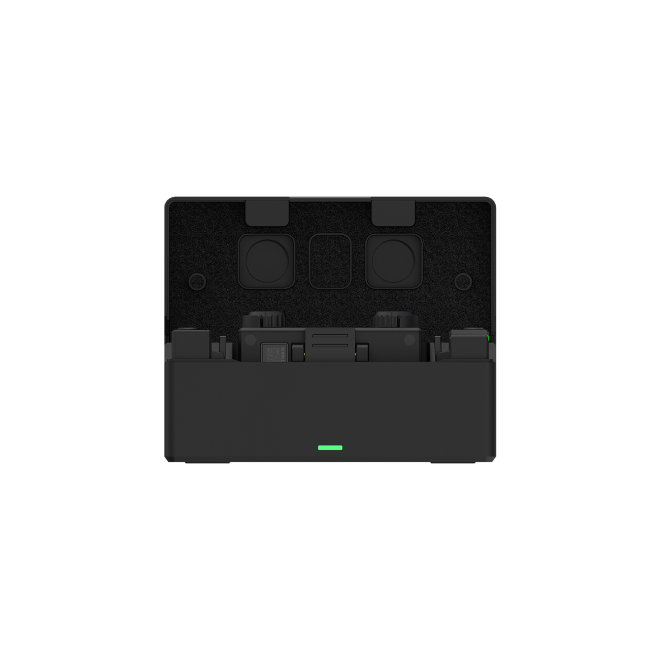
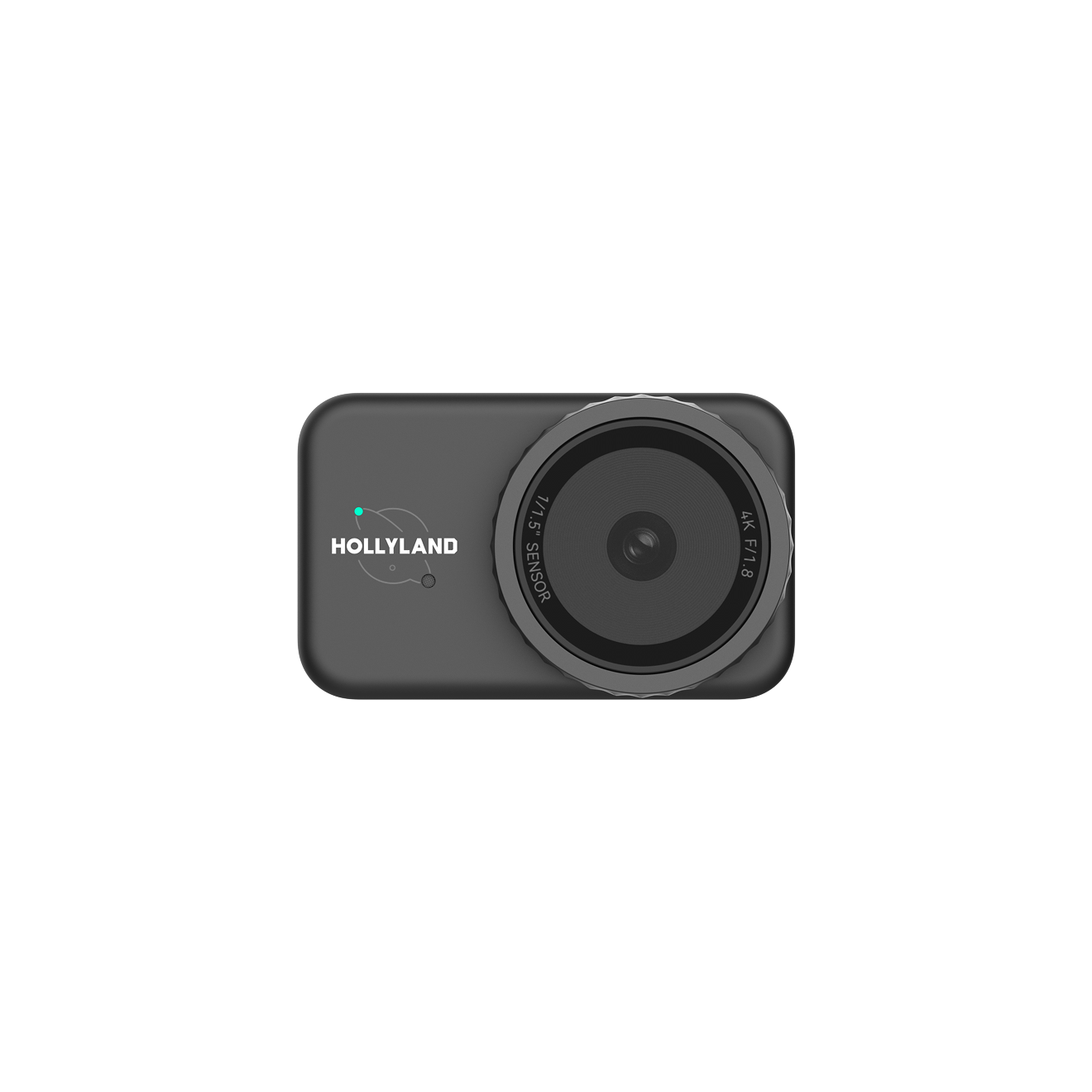

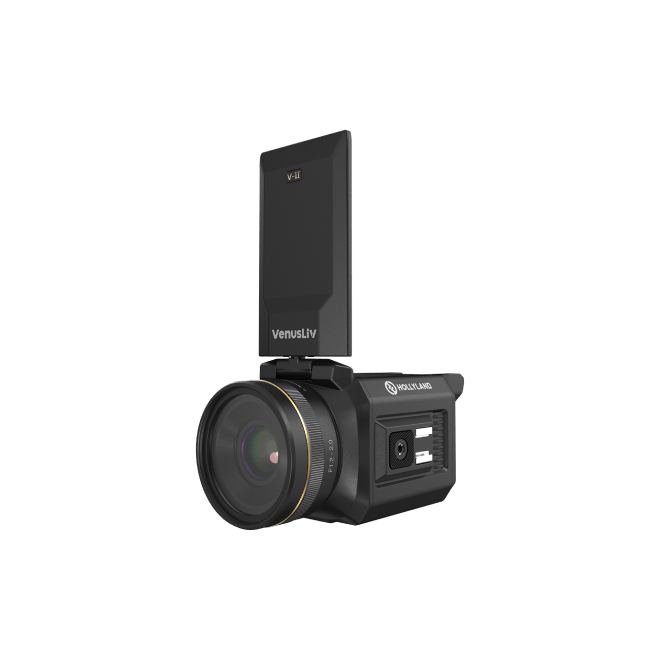
.png)


